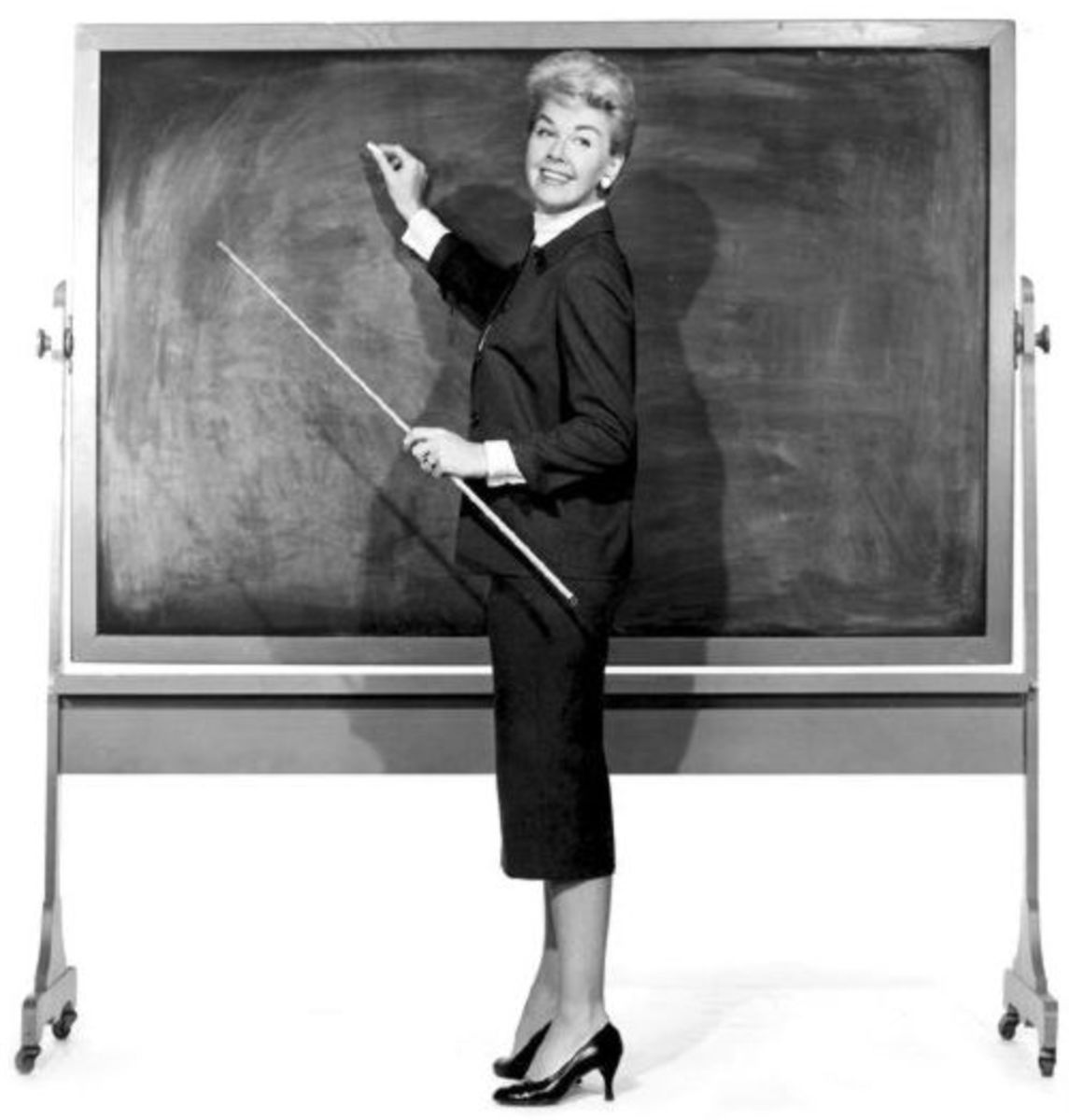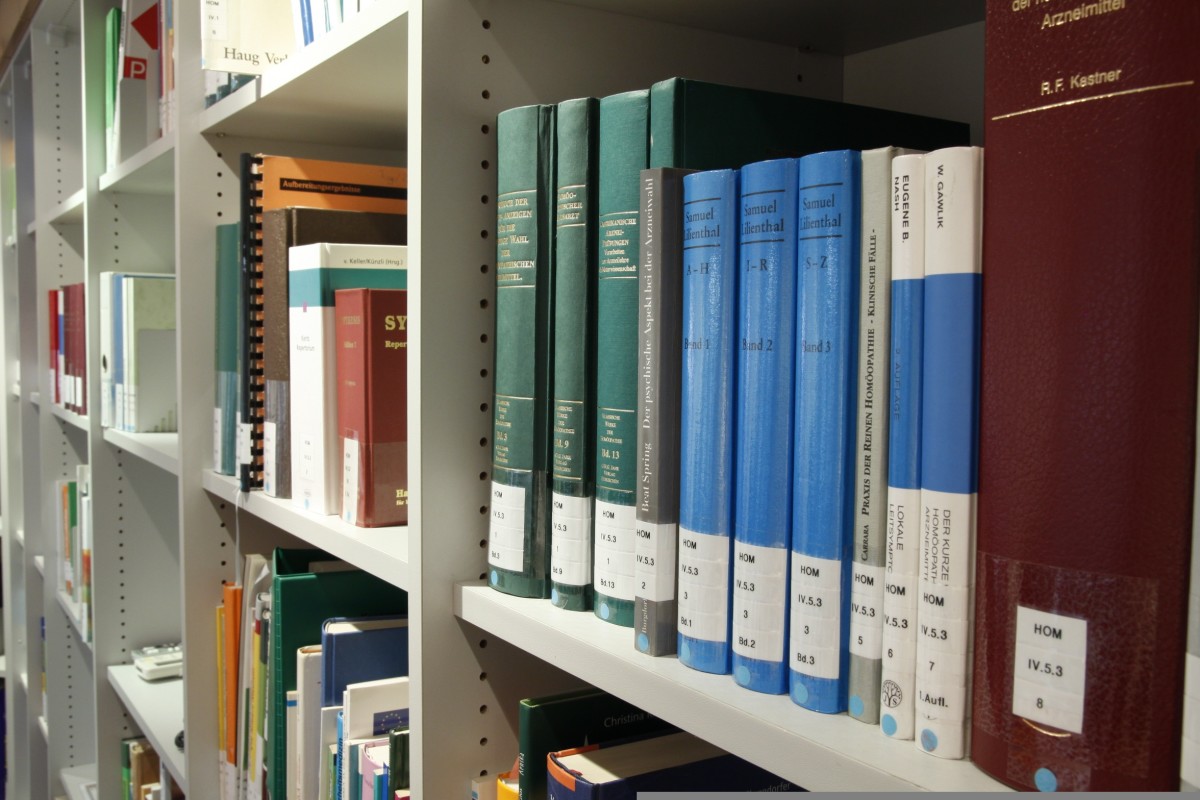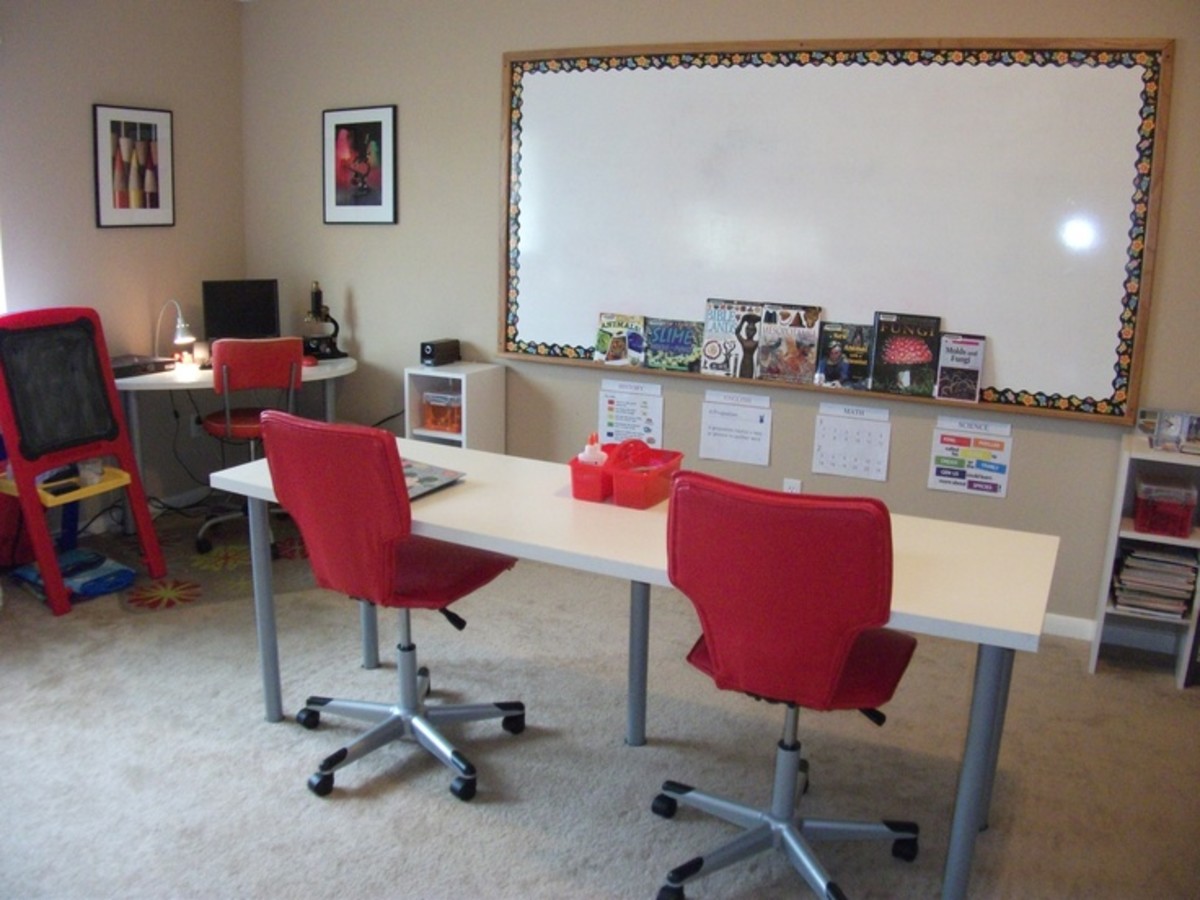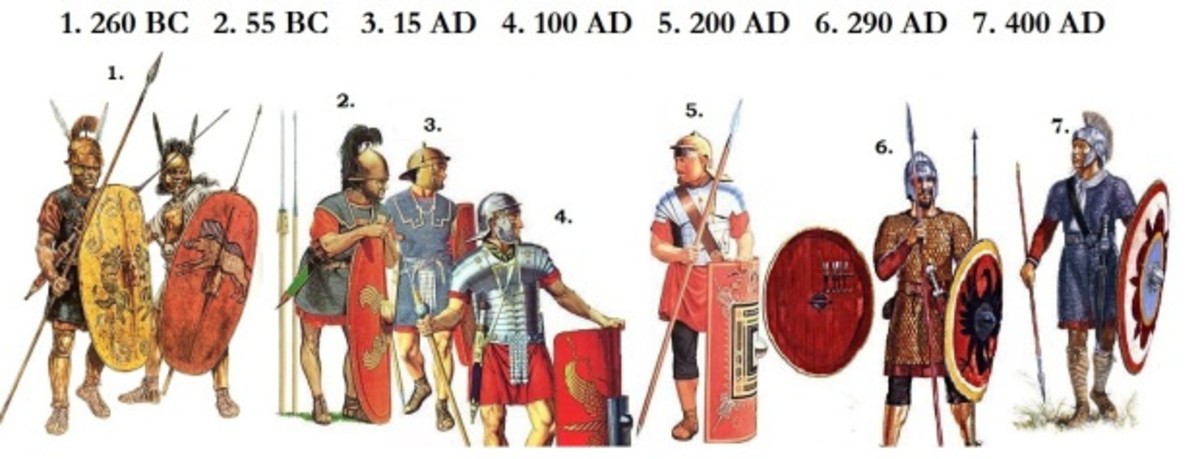The School Improvement and Effectiveness.
School Improvement Plan
The President of the Republic of Kazakhstan has set a goal to promote the competitiveness of education and development of human capital via providing access to quality education for stable economic growth. It can be explained by the fact that the objective is to enter to most developed countries of the world and can compete in the global arena. Education is believed as the main step for future economic, political, and socio-cultural well-being of the country will rely on. The main purpose of education in Kazakhstan to adopt the education system to the new-built socio-economical environment. Currently, Kazakhstan still experiencing to imbed the intensive reforms to increase an educational system's quality and meet requirements of international standards and best practices. The State program of education and development in the Republic of Kazakhstan for 2011-2020 puts forward key factors as to increase per capita financing to be included in all educational institutions and keeping developing highly skilled teaching staff. This point raises the issue of quality of education which leads to school improvement and school effectiveness. Therefore, achieving these aims, the improvement of the educational system plays an inherent part in the development of the country. The question is whether the above-mentioned goals meet expectations in the school context so far, as well as the stakeholders, evaluate the school's achievement by students' test performance, and with this perception, we try to develop an action plan for the school improvement.
The theoretical concept suggests to widen understanding of school and classroom effectiveness in subject outcomes and move into educational effectiveness definitions taking into creative thinking, higher cognitive thinking skills, and turn from knowledge-based into practice. In Creemers theoretical analysis, the importance of school changing mentioned as superficial, and networking, responsibility, risk-taking, mutual respect, and lifelong attitude also characteristics to be successful. The connection between school improvement and effectiveness probably be school planning process. Although, Coleman et al., (1966, as cited in Reynold, Sammons, De Fraine, Damme, Townsend, Teddlie & Sam Stringfield, 2014) asserted that schools less impact on students outcomes and there was a belief that 'schools make no difference'. However, Reynold et al., (2014) confirm that the schools and school approaches are substantial to pupils' life and the previous antithesis was disturbed many kinds of research and they set up to respond to this assumption immediately by publishing their studies, these works found consistent that schools effect to students. In Kazakhstani context, there are no clear instructional or specific documents where show the ways of school improvement and effectiveness. In this case, some global context experiences will be analyzed and utilized to improve the school process and demonstrate similar evidence. I think in the school improvement plan, first of all, the problem will be identified then what type of school, effective or ineffective one. As Sammons and Bakkum (2011) claim that in school improvement, the headteacher and principal play a huge role, for example, pedagogical and instructional leadership influence teaching and learning where it leads to student outcomes. Research (Sammons & Bakkum, 2011) determined that the UK designed three models of teacher effectiveness: professional characteristics, teaching skills, and classroom environment. The educator's role providing a warm and friendly environment in the classroom is somewhat difficult, assessment, assigning homework, observing students' behavior, and expect from learners high expectations, and these expectations breakaway three factors. Therefore, the organizational learning process, in a collaborative way will mitigate inner cases. Moreover, teachers behavior impacts on effective teaching and learning also organizing class management, in this view, Sammons and Bakkum (2011) suggest to stress on pupils' social behavior, meanwhile, cognitive outcomes to see teachers' effectiveness. It is believed that teachers' professionalism and effective approaches can be seen from students' performance.
Chapman (2011, as cited in Sammons & Bakkum, 2011) explains that successful school improvement implementation requires intensive work which entails a bottom-up approach than top-down. This can be needed rich background knowledge of school history and understanding of school mission to be changed and to concentrate on the process. There are the number of shared features and ideas to be taken from Sammons and Bakkum (2011) to school improvement programs: to collect systematic evaluative evidence about school and classroom impact; to engage the different level of organizations, institutions to change the school climate; generate cultural similar to structural one and provide external agency. To be successful and remain stable, external support is needed to school (Stroll, 1999) and in many countries policy transferred into output with a purposeful distribution of resources not only funding but also material and psychological support. From life experience, it can be noticed, the belief of school funding always has been thought enough for school improvement in our context, but if we observe the developed countries they refer to develop capacity which leads to underpinning all groups. Creemers and Kyriakides (2015) offer the dynamic approach to school improvement (DASI), this model is designed by stages promoting students learning outcomes, yet still being researched. This model is considered as multilevel approach consisting of four various levels: student, classroom/teacher, school, and system (Creemers & Kyriakides, 2015), firstly, the model analyses classroom climate, as well as the relationship between teachers and students as learning, plays the main role in the classroom and impacts on teaching.
Specifically, assessing the school system on teaching and learning, the school learning environment (SLE) will be created in terms of evaluating the educational issues at the national and local levels (Creemers et al., 2015). The research of authors shows the studies and analysis did not give any negative effects when it comes to dynamic model and the initial step of school improvement program is to acknowledge the goal and the ways how to succeed in quality education, by the way, stakeholders also should understand the goals of school improvement plan precisely. Therefore, DALIS suggests including the school community and the research advisory team in the implementation of the improvement plan and to grasp the need for the dynamic model leads school stakeholders to understand the school evaluation mechanism. This evaluation expects not only students learning outcomes but school functions and dimensions, next stage will be the collection of improvement priorities which seems influential factors, and this step assists school stakeholders to make decisions in the educational system to improve the learning climate. Furthermore, the role of A&R team shares their knowledge and experience with school stakeholders to aid the development of an action plan. Creemers et al.,(2015) advocate that in developing a plan, it is vital to identify which actions first to be taken, responsible people for implementing each stage, the timeline, and what resources should follow stakeholders to work. However, the authors claim that without data collection it would be difficult to make decisions to improve the action plan that's why evaluation mechanism to be set up to improve the action plan. The results of the evaluation will be discussed with stakeholders and the environment will be established to underpin gathering evidence with the aim of the school improvement process. How does it measure? In this stage, school stakeholders with the help of A&R team measure the school improvement efforts by school factors and pupils outcomes (Creemers et al., 2015), it is the best way to identify whether the school improvement action plan was worthwhile or it gives to understand if new priorities to be needed to design other new strategies. School stakeholders and A&R team may decide to gather a new collection and determine gaps to be improved. Harris, Adams, Jones, and Muniandy (2015) shared one example from their research that one of the schools in Malaysia, the students' academic performance was unimpressive than expected, once the principal took in hand that failing school without applying to educational support or development area, instead he started to observe teaching staff day after day.
Eventually, he revealed the problem and set up to work with it, and when he was asked what was his success, he stated that he found what is the right thing for school teachers, students, his community. There is also a case study from Hoy and Bayne (2000) that the school improvement plan helped to develop collaborative cross-phase planning which involved staff and teachers who can see planning process, analyzing statistics, learning experience, and obtaining management skills. The school participates in different conferences, seminars to disseminate their experiences to take feedback or new ideas to circulate the school climate. Eventually, as above mentioned three school improvement priorities; school principals, teachers, school community and the research advisory team should be included so that to implement a school action plan, and from these models, school stakeholders understand the school evaluation mechanism. As a teacher, I can see my position at school, as a contributor to the learning environment for students to educate and provide well being mutual with the school community, to release highly educated and successful students.
In conclusion, I would like to mention that it is time to transfer from theory to practice. If school leaders have a desire to contribute to school improvement to gain quality of education, they should start from inside and they can make a difference in school development.
References
Creemers, B.P.M. (2002). From school effectiveness and school improvement to effective school improvement: background, theoretical analysis, an outline of the empirical study. Educational Research and Evaluation, 8(4), 343—362.
Creemers, B., & Kyriakides, L. (2015). Developing, testing, and using theoretical models for promoting quality in education. School Effectiveness and School Improvement, 26(1), 102-119.
Hoy, C., Bayne-Jardine, C., & Wood, M. (2000). Improving Quality in Education. London, Falmer Press.
Harris, A., Adams, D., Jones, M. S., & Muniandy, V. (2015). System effectiveness and improvement: The importance of theory and context.
Hargreaves, D. H. (2012). A self-improving school system: towards maturity.
Louise Stoll (1999), Realising Our Potential: Understanding and developing capacity for lasting improvement, Vol. 10. No4. pp. 503-532.
MESRK. (2010). State program of education development in the Republic of Kazakhstan for 2011–2020.
Sammons, P., & Bakkum, L. (2011). Effective schools, equity and teacher efficacy: A review of the literature. Profesorado, Revista de Currículum y Formación del Profesorado, 15(3), 9-26.
Sammons, P. M., Reynolds, D., De Fraine, B., Van Damme, J., Townsend, T., Teddlie, C., & Stringfield, S. (2014). Educational effectiveness research (EER): a state-of-the-art review. School Effectiveness and School Improvement, 25(2).








